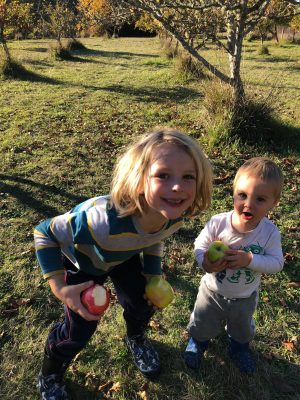Neuroplasticity & the Brain

Our brains adapt to early life experiences by creating imprints. We have many imprints both positive and negative that become part of how we see the world. The interesting part is our brains can change. The brain’s ability to reorganize and form new neural connections is called neuroplasticity. Our nerve cells can adjust their activities in response to new situations or to changes in the environment. Here’s what you need to know in order to do this.
Negativity Bias
Our brains are wired to remember the dangerous or overwhelming experiences. This is part of a mechanism to protect and help with survival. The term used to describe it is negativity bias.
Trauma is any event that we hold onto because at the time we weren’t able to integrate it. This happens to everyone. And yet we don’t need to live in a constant state of heightened stress because of it.
The idea of ‘positive thinking’ can be suspect at times. Underneath there can be unaddressed needs. How do we address this? Beginning with ourselves and experimenting with our experience is one way. Work with mind-set that allows room for all of the emotions not just positive ones.
Gender & Sexuality
Gender is a rich place to explore this topic of how the brain orients itself. Just yesterday a man dropped by to inquire about my work. As he was leaving he scanned my body in a way that is very familiar. We look at each other because we are curious but this type of gaze was inappropriate given the circumstances.
I’ve learned from transgendered friends that this type of gaze is a common experience. Being observed and questioned about gender or sexuality can cause significant activation of the stress response. The ability to regulate and reduce the impact of our negativity bias becomes more difficult. These microaggressions are being talked about and understood more.
Neuroplasticity
Neuroplasticity tells us that we can train the brain to regulate itself. It is possible. The cascade of positivity extends far beyond ourselves. I’ll explain how this happens.
Body-centred mindfulness training or loving self-compassion are the foundations. Knowing the body and training ourselves to notice when we begin to get overwhelmed is stage one.
Stage two is noticing what is not overwhelming. Seeing anything in the environment that is easy to integrate brings us into a different part of our brain. This part is deactivated. It sees more clearly and can enjoy the beauty of the world more.
Stage three is looking at other people from this appreciative lens. This part can happen spontaneously and we also can train to do it more often. A gaze that sees another person with curiousity is kind. This type of gaze only looks deeply at another when the foundation or motivation is heart-centred. What this means is the judging, critical or activated brain is not running the show.
We can attune better to others and know what is appropriate if we are regulated ourselves. We can also listen to another’s experience without overlaying our own. This is an innate response. I see kids do it all the time on their own. It certainly helps when it is modelled to them.
Related Posts
 Hormones Involved with Autism Spectrum Disorder
Hormones Involved with Autism Spectrum Disorder





